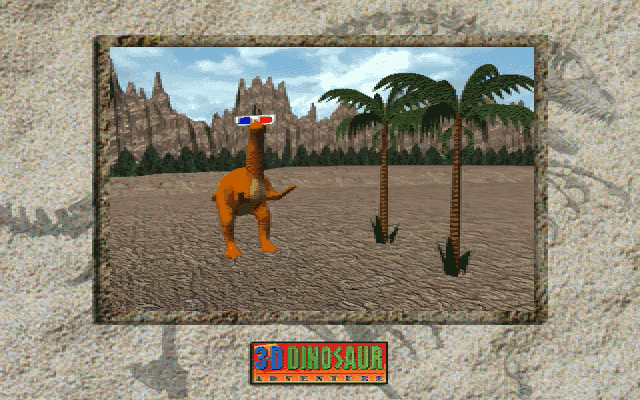
They are the most common type of egg and come in two varieties: elongated oval eggs with pointed ends or spherical-shaped ovaloid (or ovoid) dinosaur shells.ĭinosaurs that lay oval-shaped eggs include hadrosaurs such as Edmontosaurus. These dinosaur eggs are shaped like a football. The scientific terms for types of dinosaur eggs are Ovaloid (or Ovoid), Pyriform and Spherical. They can be surprisingly diverse in shape. There are elongated and oval-shaped eggs that are pear-shaped or symmetrical. It classifies eggs based on the structure and physical characteristics of the eggs instead of the dinosaur species, which often are not known. Oogenera is the genera given to eggshell types. Scientists have created a systematic way of classifying dinosaur eggs which came into limited use in the 1970s called Parataxonomy and uses the traditional Linnaean system.

Not all eggs can be identified as belonging to a specific dinosaur species, although similarities in shape and size help identification. Paleontologists have found fossilized dinosaur eggs all over the world, even on Antarctica. Dinosaur eggs have been found individually, together in a nest, and some have even been found containing fossilized embryos.ĭinosaur eggs come in different sizes and shapes, the most common non-scientific descriptions being elongated and round.

Yes, there are real dinosaur egg fossils. Here are 23 things to know about those amazing dinosaur eggs. Some theories have been confirmed, while others have changed.

Over the last few years, some amazing discoveries about dinosaur egg fossils have helped scientists solve a few mysteries about dinosaurs.


 0 kommentar(er)
0 kommentar(er)
